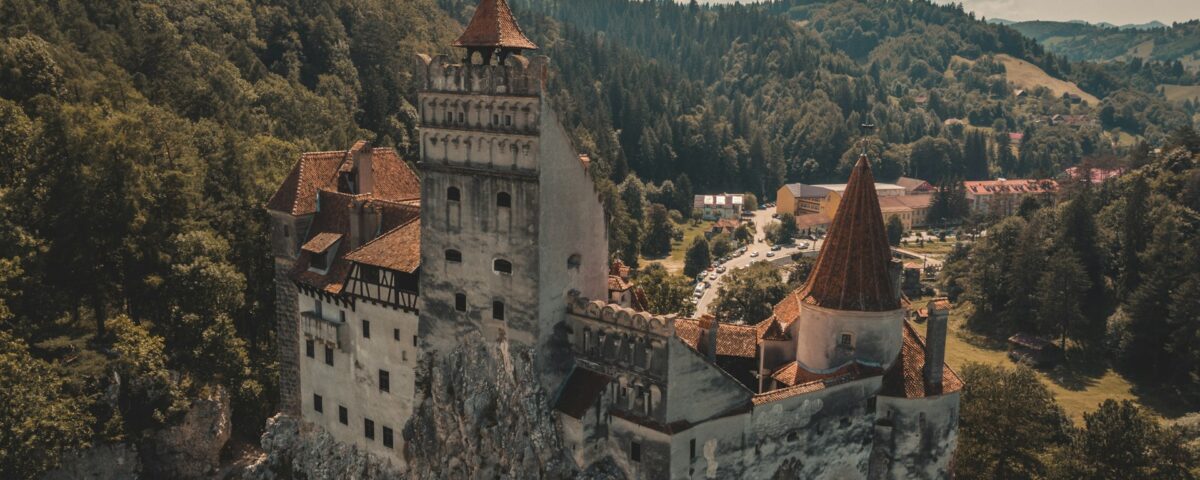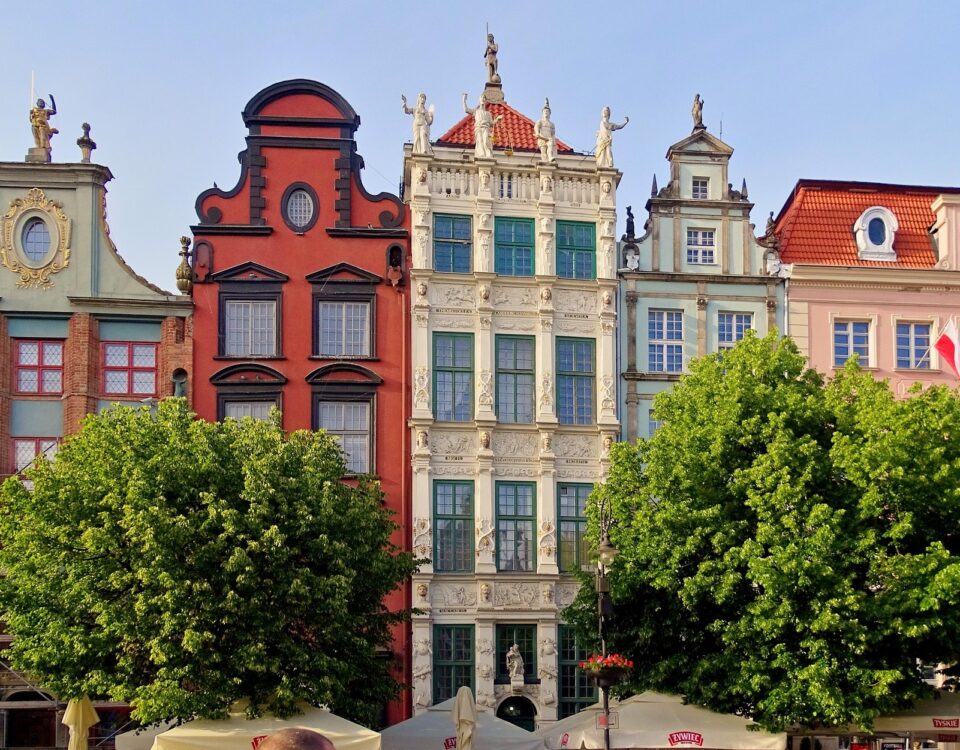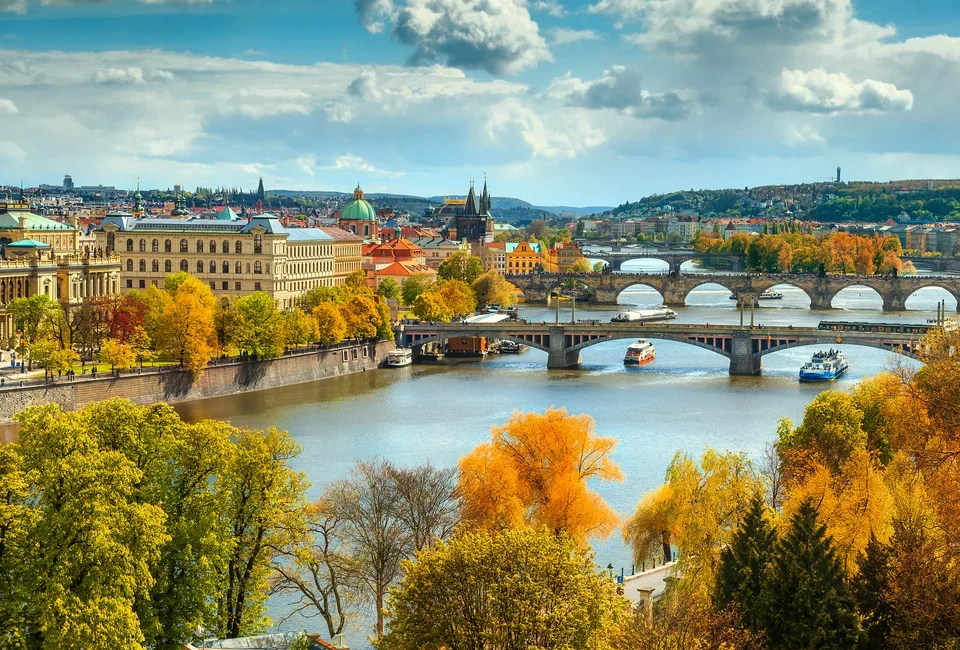
Best Time to Visit Poland: A Complete Guide to History, Nature, and Culture
2025-11-16Why Timing Matters
Determining the best time to visit Romania is an essential part of planning a successful trip, especially considering how diverse the country is in both geography and climate. Romania stretches from the dramatic peaks of the Carpathian Mountains to the breezy Black Sea coastline and from remote Transylvanian villages to the energetic capital of Bucharest. Each region behaves differently with the seasons, creating unique opportunities depending on when you visit.
Romania’s climate is distinctly four-season:
-
Winters are cold and snowy, ideal for skiing and Christmas markets.
-
Springs are fresh and mild, perfect for cultural travel.
-
Summers are warm and lively, great for hiking and festivals.
-
Autumns are colorful and often considered the most scenic time to visit.
Understanding these climatic variations—and how they impact travel conditions, prices, crowds, and activities—will help you decide the perfect time for your Romanian adventure.
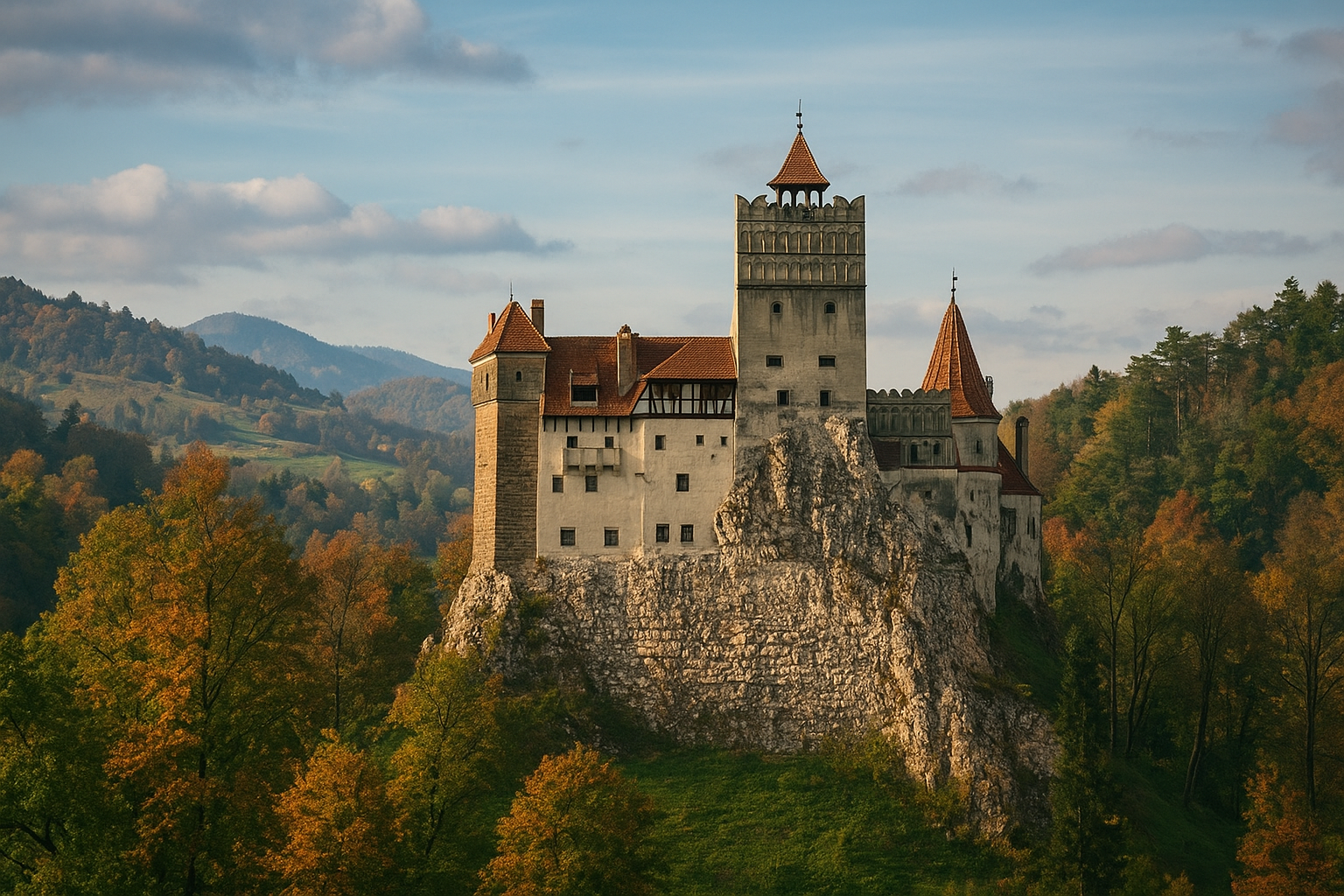
Romania’s Climate Overview
Before exploring each season, it helps to understand Romania’s overall climate. The country enjoys four distinct seasons—spring, summer, autumn, and winter—each offering a different travel experience. Because Romania stretches from the dramatic Carpathian Mountains to the plains of southern Wallachia, weather conditions vary significantly by region. This variation plays an important role in determining the best time to visit Romania, especially for travelers interested in outdoor activities, festivals, or cultural exploration.
Spring (March–May): Fresh Landscapes and Pleasant Exploration
Spring is often considered one of the best times to visit Romania, particularly for travelers who enjoy mild temperatures and blooming scenery. As the winter snow melts, Transylvania’s rolling hills and forests transform into lush, green landscapes. This season is ideal for hiking in the Carpathians or exploring outdoor cultural sites like Peleș Castle and Bran Castle before the summer crowds arrive.
Best Time to Visit Poland: A Complete Guide to History, Nature, and Culture
Bucharest in spring is equally appealing. The city’s parks, such as Herăstrău Park and Cișmigiu Gardens, are full of blossoming flowers and lively outdoor cafés. Spring also brings cultural festivals and a relaxed atmosphere, making it a pleasant time to navigate the capital’s museums, historical sites, and architectural landmarks
Summer (June–August): Festivals, Road Trips, and Long Sunny Days
Summer is the peak tourism season in Romania and a popular choice for travelers determining the best time to visit Romania. The days are long, warm, and perfect for outdoor adventures. In Transylvania, summer offers excellent conditions for exploring the medieval towns of Sibiu, Sighișoara, and Cluj-Napoca. Festivals like the Sighișoara Medieval Festival and Untold Festival attract thousands of visitors.
In Bucharest, summer brings vibrant nightlife, open-air concerts, and bustling terraces across the Old Town. It’s a great season for energetic travelers who enjoy warm evenings and cultural events. However, temperatures in Bucharest can climb above 35°C, so travelers who prefer cooler weather might consider visiting earlier or later in the year.
Autumn (September–November): Ideal Weather and Stunning Colors
For many seasoned travelers, autumn is the best time to visit Romania: a seasonal guide from Transylvania to Bucharest would not be complete without highlighting these months. September and October bring crisp air, changing leaves, and comfortable temperatures. The Carpathian Mountains become particularly breathtaking as forests turn shades of gold, red, and orange. Hiking, photography, and road trips are especially rewarding during this period.
In Bucharest, autumn is comfortable and culturally rich. Major events like the Bucharest International Film Festival take place during this season, and the city’s tree-lined boulevards look especially beautiful. The cooler weather makes it an excellent time for museum hopping, café visits, and exploring neighborhoods like Lipscani and Cotroceni.
Winter (December–February): Snowy Castles and Festive Atmosphere
Winter in Romania is magical, especially for travelers seeking dramatic landscapes and traditional holiday celebrations. While temperatures drop significantly—particularly in Transylvania—the snowy scenery makes places like Bran Castle, Peleș Castle, and the fortified churches of Viscri and Biertan feel like storybook settings. Winter sports enthusiasts will find excellent skiing and snowboarding opportunities in resorts such as Poiana Brașov.
Bucharest in winter is highlighted by Christmas markets, sparkling decorations, and cozy indoor cafés. Though temperatures can be cold, the festive atmosphere makes it a charming destination. Winter is also a budget-friendly season to visit, with lower hotel prices and fewer tourists—an advantage for those seeking quieter travel
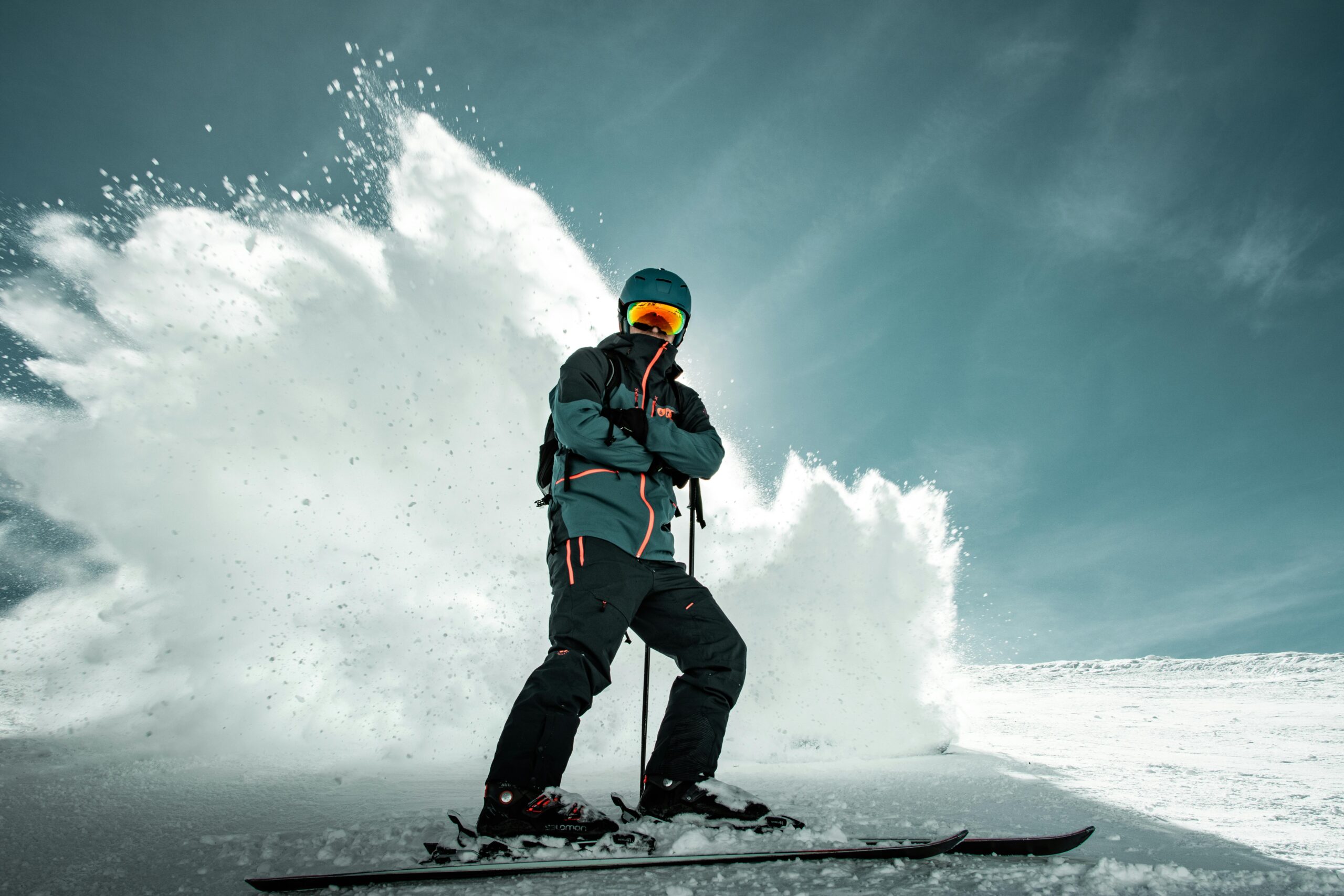
Seasonal Events and Festivals Across Romania
Choosing The Best Time to Visit Romania also depends on the country’s festival calendar, which offers rich experiences throughout the year. Romania’s events showcase its heritage, music, cuisine, and traditional customs. From medieval reenactments in Transylvania to modern music festivals in Cluj and cultural fairs in Bucharest, each season brings unique opportunities for travelers.
10 Incredible Eastern European Festivals You Can’t Miss
Spring Festivals
During spring, events like the Bucharest Flower Festival and Transylvania’s Easter Markets highlight nature, food, and local art. The weather is mild, allowing tourists to walk through open-air markets comfortably.
Famous Spring Festivals Across Eastern Europe: Top 10 Spring Festivals in Eastern Europe
Summer Festivals
Summer is the liveliest festival season in Romania. Large-scale events include the Untold Festival in Cluj-Napoca—one of Europe’s biggest electronic music gatherings—and the Sibiu International Theatre Festival, which attracts performers from around the world. These festivals significantly influence The Best Time to Visit Romania, especially for music and culture lovers.
Autumn Festivals
Autumn hosts events centered on harvest traditions, wine production, and film culture. The Bucharest International Film Festival, the Alba Iulia Music Festival, and regional wine fairs attract travelers who want to experience Romania beyond traditional sightseeing.
Winter Festivals
Winter festivals in Romania celebrate folklore and spirituality. Christmas markets in Brașov and Bucharest create a warm, festive atmosphere, while the Maramureș Winter Traditions Festival showcases ancient costumes, dances, and rituals. For many, these festivals determine The Best Time to Visit Romania during the colder months.
Best Time to Visit Romania for Budget Travelers
For travelers who prioritize affordable trips, The Best Time to Visit Romania is during late autumn (November) and mid-winter (January–February). During these months, hotel prices drop significantly, flights become more affordable, and major attractions are less crowded. Bucharest and Brașov offer excellent off-season deals, making Romania a cost-friendly European destination.
The Best Time to Visit Romania Based on Travel Purpose (Data Summary)
A data-driven summary helps travelers quickly identify The Best Time to Visit Romania:
-
Hiking: June–September (stable weather, 15–25°C)
-
Beaches: July–August (warm water 24–26°C)
-
City Tourism: April–June & September–October (low rainfall, mild temperatures)
-
Winter Sports: December–February (heavy snowfall in mountains)
-
Budget Travel: November–March (lowest hotel prices)
- https://romaniatourism.com
Major Romanian Cities: Attractions, Markets, and Local Foods
Bucharest: The Capital of Culture, Nightlife, and Food:
Bucharest is a major destination for travelers analyzing The Best Time to Visit Romania, thanks to its wide variety of attractions. Visitors can explore the Palace of the Parliament, the Old Town (Lipscani), and Herăstrău Park. Bucharest’s traditional markets such as Obor Market offer fresh produce, cheeses, and Romanian street foods. Local dishes include sarmale (cabbage rolls), mici (grilled minced meat rolls), and ciorbă de burtă (tripe soup). The city also has a thriving café culture and modern shopping centers like AFI Cotroceni
Cluj-Napoca: Youthful City With Cultural Vibrance
Cluj-Napoca is Romania’s academic and innovation hub, popular among travelers determining The Best Time to Visit Romania for cultural events. Key attractions include St. Michael’s Church, the Central Park, and the Botanical Garden. Food markets such as Piața Mihai Viteazul offer local vegetables, honey, and Transylvanian delicacies. Traditional foods include varză a la Cluj (baked cabbage dish) and papanași (fried cheese doughnuts). The city hosts famous festivals like Untold and TIFF.
Brașov: Medieval Architecture Surrounded by Mountains
Brașov is ideal for travelers seeking mountain landscapes while identifying The Best Time to Visit Romania. Attractions include the Black Church, Council Square, and Mount Tâmpa. The city has vibrant artisan markets and Christmas fairs in winter. Local foods include goulash, ciorbă ardelenească (Transylvanian sour soup), and kürtőskalács (chimney cake). Proximity to Bran Castle adds to its appea
Sibiu: European Capital of Gastronomy and Tradition
Sibiu is one of Romania’s best-preserved historical cities, often influencing travelers evaluating The Best Time to Visit Romania. Attractions include the Large Square, the Bridge of Lies, and the Astra Open-Air Museum. Food markets showcase artisan cheeses, smoked meats, and seasonal produce. Sibiu is known for its high-quality gastronomy, offering dishes like tocăniță (stew), salată de vinete (eggplant salad), and rich pastries

Timișoara: The Western Gateway of Romania
Timișoara, known as the “City of Flowers,” offers diverse attractions for visitors searching for The Best Time to Visit Romania. Points of interest include Victory Square, Union Square, and Bega Riverside. Local markets such as Piața Iosefin specialize in fresh produce and Banat-region delicacies. Popular dishes include gulaș bănățean (Banat goulash) and plăcintă (stuffed pastries).
Constanța: The Black Sea Hub for Beaches and Seafood
Constanța is the main seaside city influencing The Best Time to Visit Romania for beach travel. Key attractions include the Constanța Casino, Mamaia Beach, and the Archaeology Museum. Local markets offer fresh fish, mussels, and seafood dishes. Traditional meals include saramură de pește (fish brine stew) and midii umplute (stuffed mussels). Summer nightlife in Mamaia is one of the best in Eastern Europe.
Iași: The Cultural Heart of Eastern Romania
Iași is a key cultural center and a must-visit for travelers analyzing The Best Time to Visit Romania for historical tourism. Top attractions include the Palace of Culture, Copou Park, and the old monasteries. Markets like Nicolina Market offer Moldavian foods such as sarmale moldovenești, alivenci (corn cake), and plăcinte moldovenești.
https://www.romania.travel/en/
Conclusion: The Best Time to Visit Romania — A Data-Driven Summary
Choosing The Best Time to Visit Romania depends on the traveler’s goals, as the country offers diverse climates, landscapes, and cultural experiences throughout the year. Spring (April–June) and autumn (September–October) are ideal for most visitors due to mild temperatures, low rainfall, and stable transportation conditions. Summer (July–August) is perfect for beachgoers and festival enthusiasts, although crowds and hotel prices increase significantly. Winter (December–February) brings excellent ski conditions in the Carpathians but requires preparation for cold temperatures and occasional travel delays.
Each major city adds unique value to the travel experience. Bucharest is perfect for food lovers and nightlife; Cluj-Napoca attracts culture seekers and festival travelers; Brașov and Sibiu are ideal for history and mountain scenery; Constanța offers the best seaside experiences; and Iași stands out for cultural tourism. Food markets, local dishes, and culinary traditions vary by region, giving visitors a rich taste of Romanian culture.
Climate data, daylight hours, wildlife patterns, and accommodation price trends clearly show that Romania is a year-round destination. Whether travelers seek beaches, mountains, history, gastronomy, or festivals, Romania provides suitable conditions in every season. The key is aligning personal interests with seasonal advantages.


